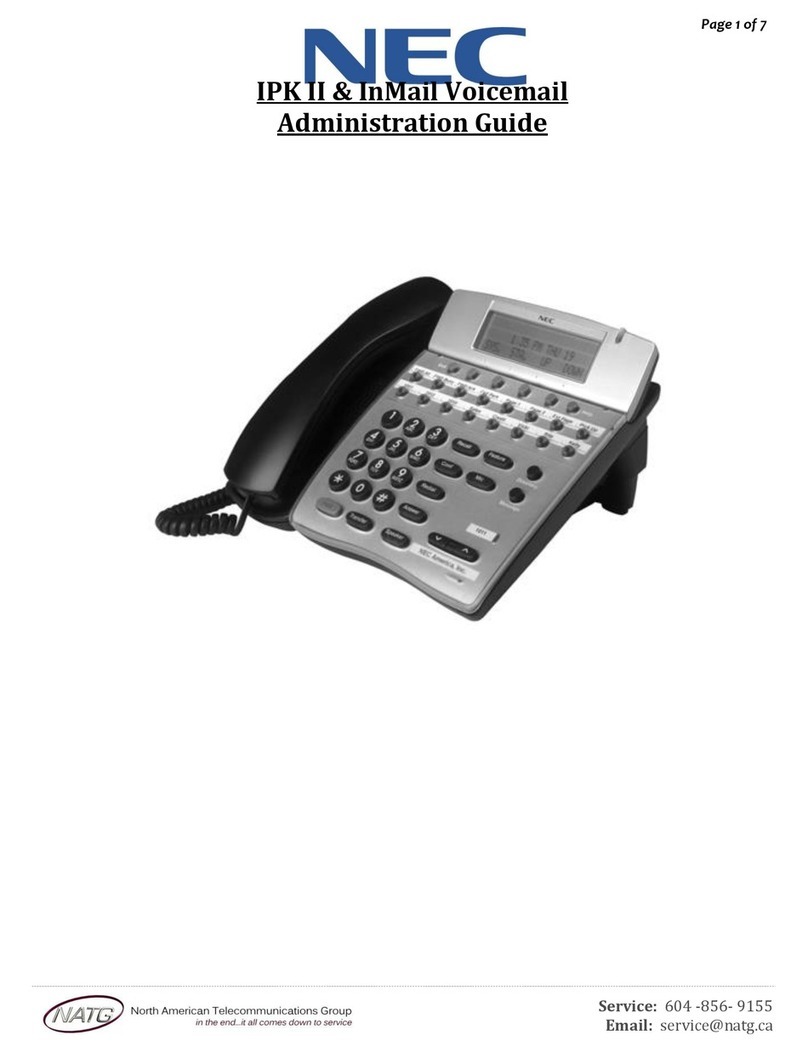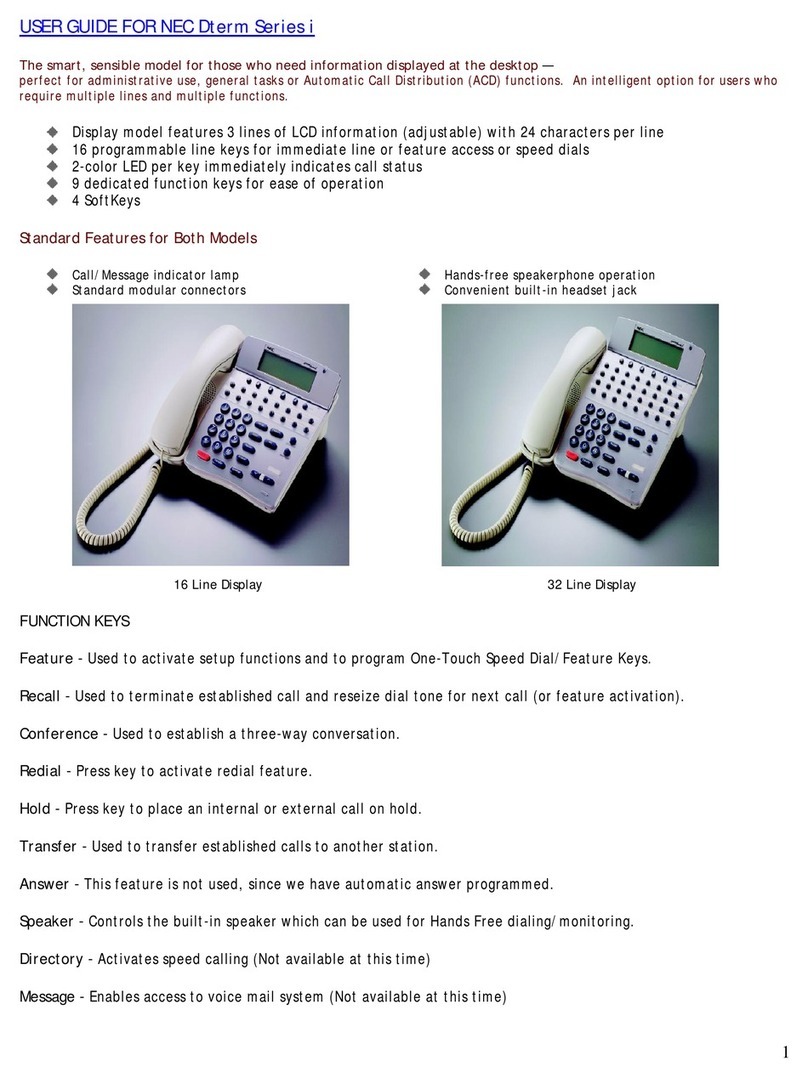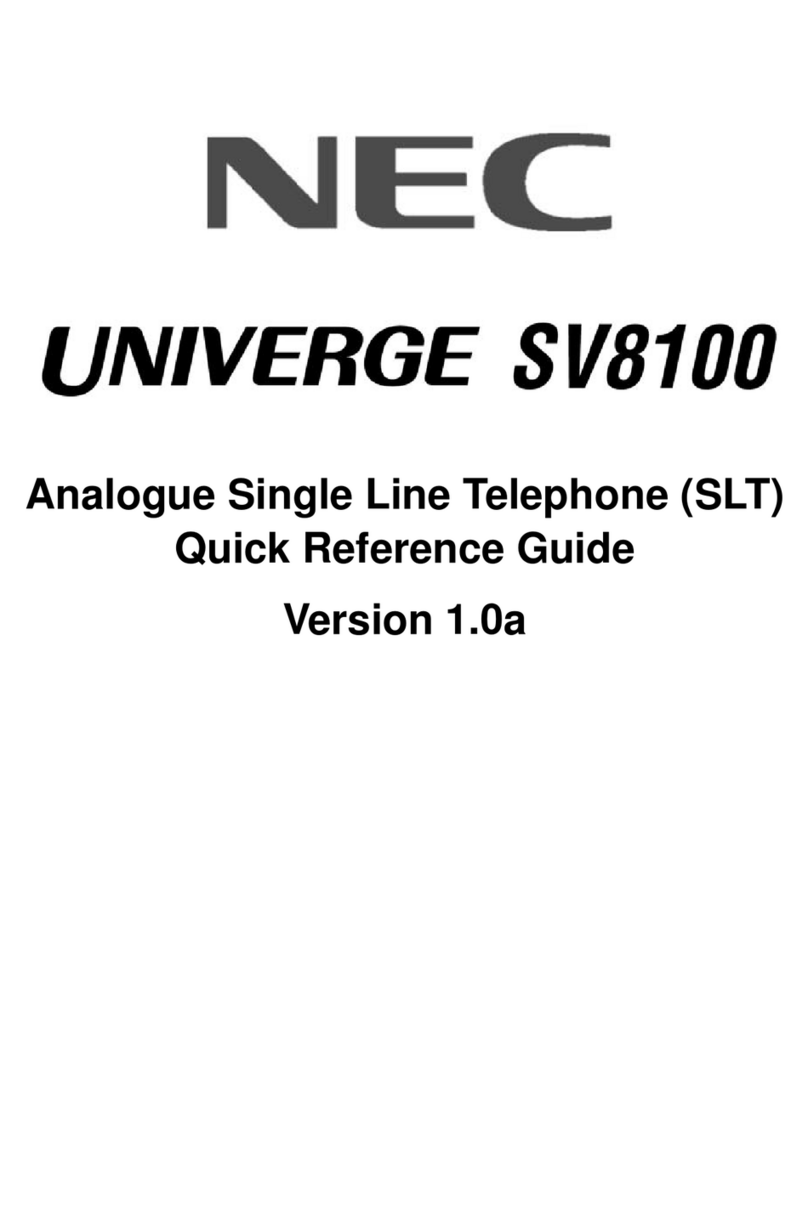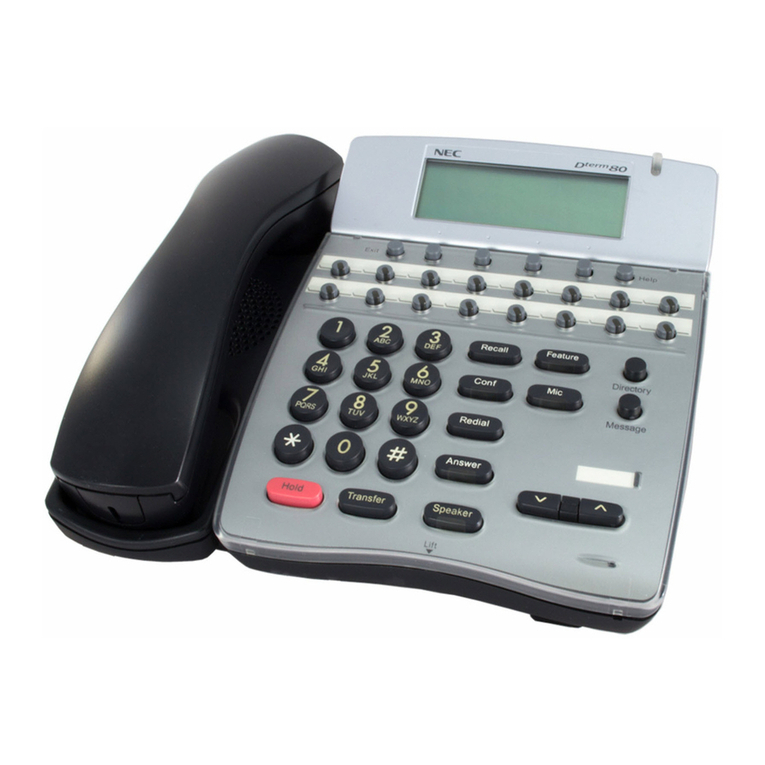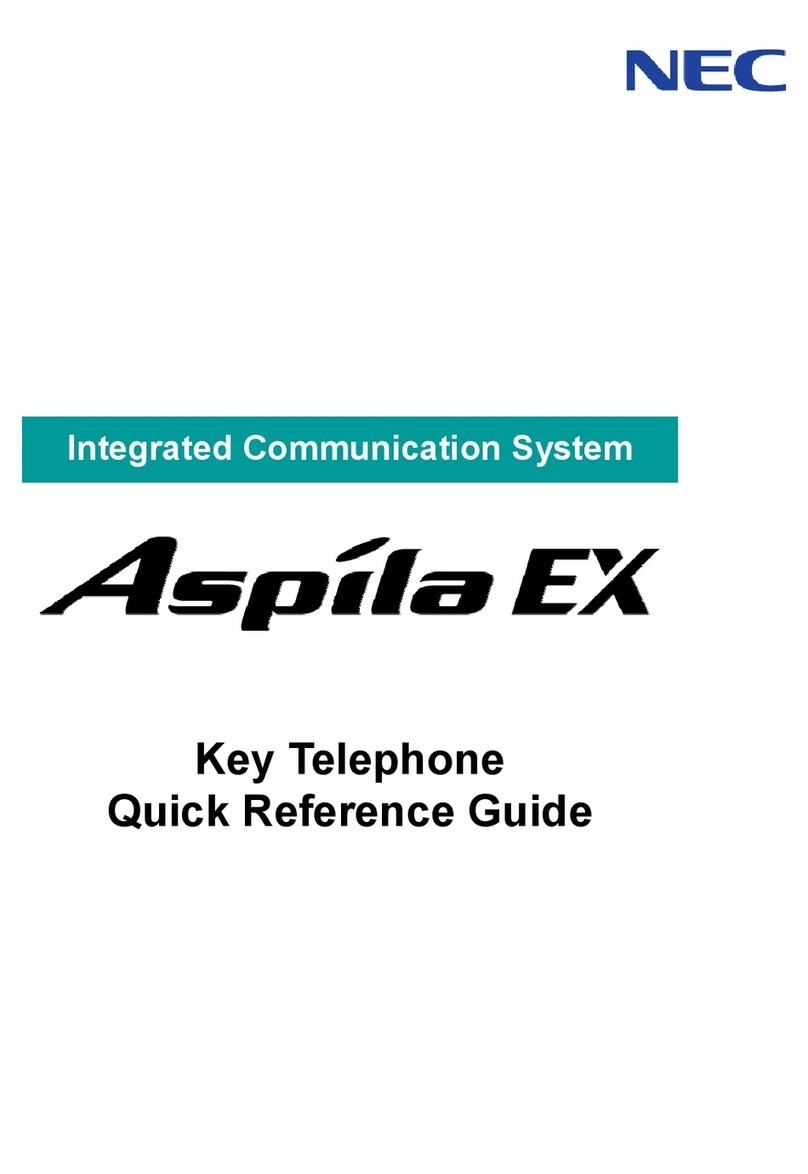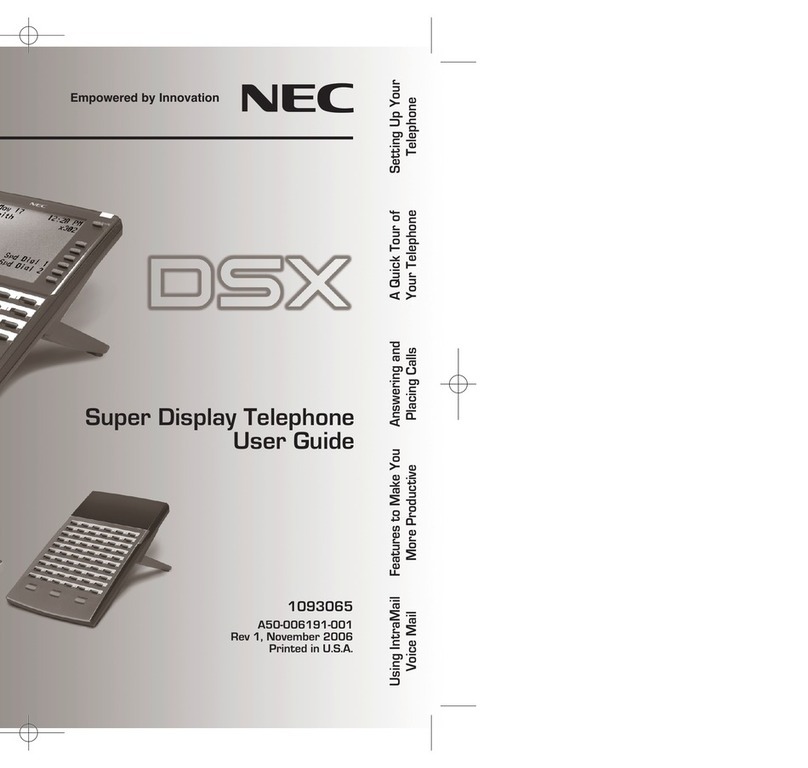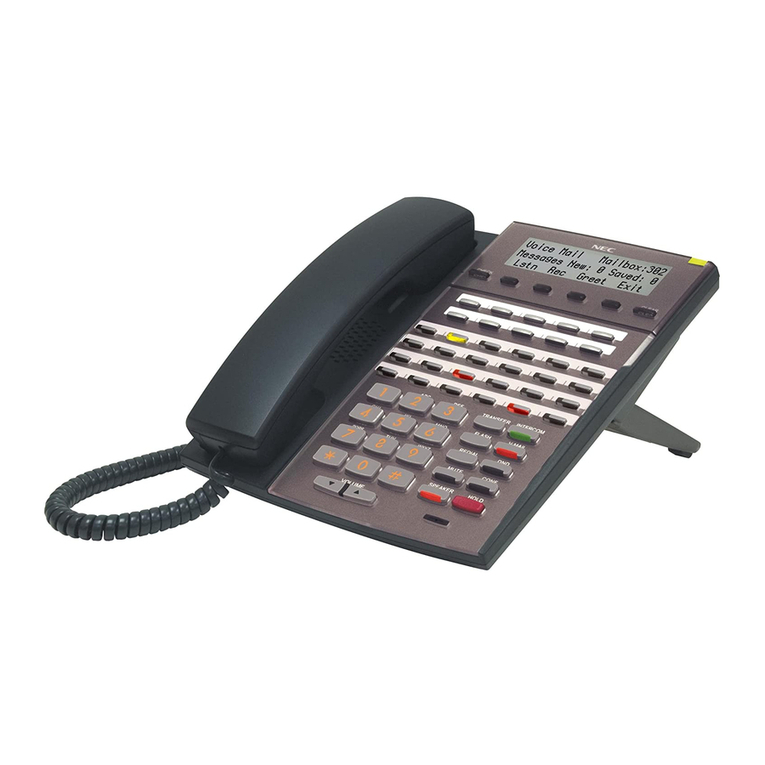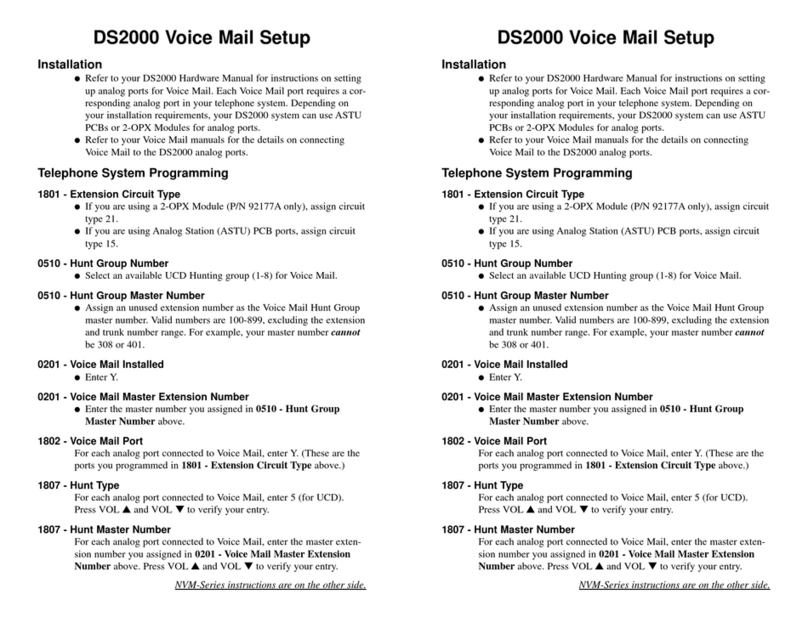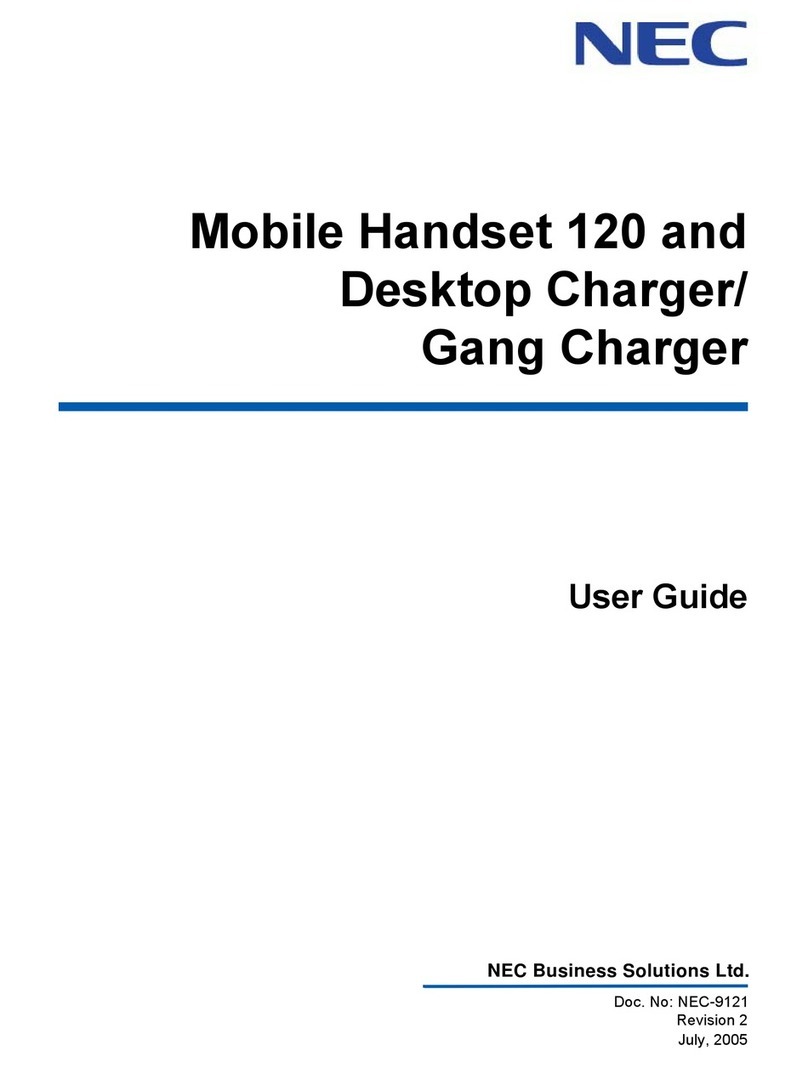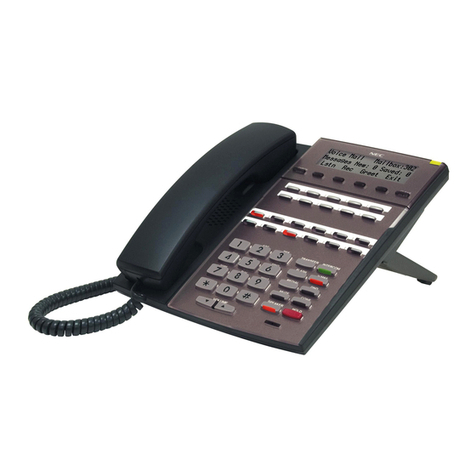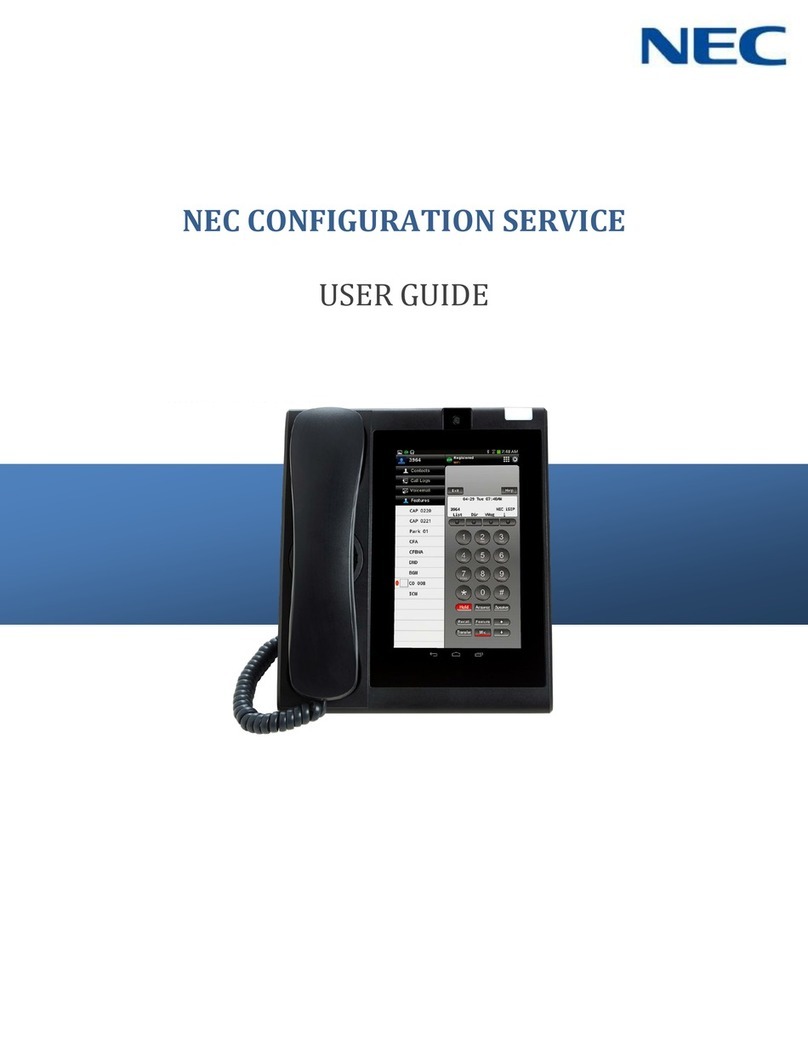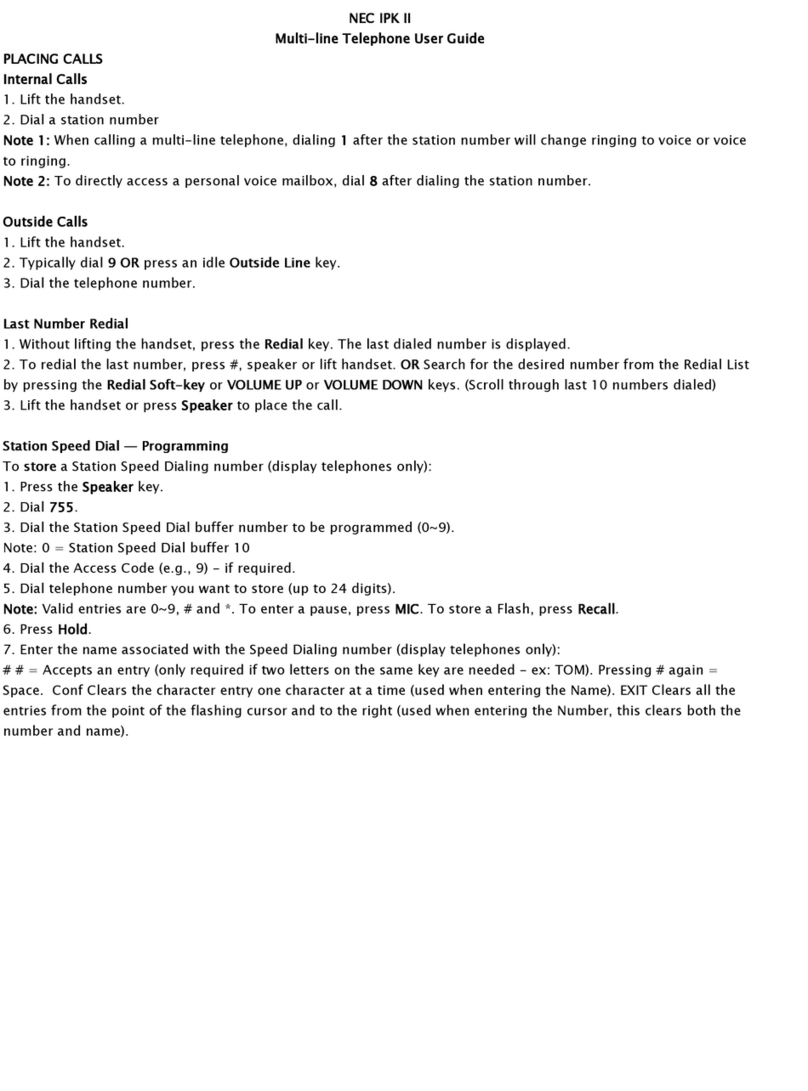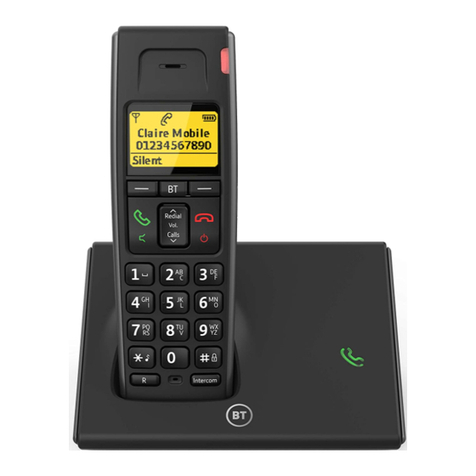Table 1-1 System Capacity ................................................................................. 1-9
Table 2-1 KSU Packing List .................................................................................2-2
Table 2-2 Items on the CPU card ..........................................................................2-2
Table 2-3 EXIFB-C1 Packing List ..........................................................................2-7
Table 2-4 Connectors of EXIFB-C1 ........................................................................2-8
Table 2-5 Power Requirement .............................................................................2-12
Table 2-6 RJ61 Cable Connector Pin-Outs (J101-J103) ..............................................2-16
Table 2-7 IP4WW-Battery Box Packing List .............................................................2-17
Table 2-8 Battery Specifications ..........................................................................2-18
Table 2-9 Expansion Cards ................................................................................2-38
Table 2-10 Expansion Card Packing List ................................................................2-38
Table 2-11 RJ-61 Digital Connector Pin-Outs (J101, J102) ...........................................2-46
Table 2-12 RJ-61 Analog Pin-Outs (J101, J102) ........................................................2-47
Table 2-13 RJ-61 CO/PF Pin-Outs (J2, J3) ..............................................................2-48
Table 2-14 RJ-45 PRI Pin-Outs (S-Bus, T-Bus) .........................................................2-49
Table 2-15 Switch Setting of 1PRIU-C1 ..................................................................2-49
Table 2-16 LED Indication .................................................................................2-50
Table 2-17 T1 LED Indications ............................................................................2-51
Table 2-18 VOIPDB-C1 Packing List .....................................................................2-52
Table 2-19 VOIPDB LED Indications .....................................................................2-55
Table 2-20 Operation of VOIPDB LED Indications .....................................................2-56
Table 2-21 Multiline Telephone Functions (12TXH/24TXH/24TIXH (IP)) ............................2-57
Table 2-22 Doorphone Interface Specifications .........................................................2-68
Table 2-23 RJ-61 General Purpose/Door Unlock Relay Control Connector (J7) ...................2-69
Table 2-24 General Purpose/Door Unlock Relay Specifications .....................................2-69
Table 2-25 External Paging Output Specifications .....................................................2-70
Table 2-26 BGM/External MOH Source Input Specifications .........................................2-71
Table 2-27 Base Station LEDs States and Meanings ..................................................2-90
Table 3-1 Start Up Method .................................................................................. 3-1
Table 4-1 Status LEDs ......................................................................................4-10
Table 4-2 CPU LED Indications ...........................................................................4-12
Table 5-1 System Capacity ................................................................................. 5-1
Table 5-2 Operating Conditions ............................................................................ 5-3
Table 5-3 Power Requirement .............................................................................. 5-3
Table 5-4 Electrical Specifications of KSU ................................................................5-4
Table 5-5 IP Terminal Power Chart ........................................................................5-4
Table 5-6 IEEE802.af Class Specification ................................................................ 5-4
Table 5-7 Mechanical Specifications ...................................................................... 5-5
Table 5-8 Optional Unit Mechanical Specifications ......................................................5-5
Table 5-9 Doorphone Interface Specifications ...........................................................5-5
Table 5-10 General Purpose/Door Unlock Relay Specifications ......................................5-6
Table 5-11 External Paging Output Specifications .......................................................5-6
Table 5-12 BGM/External MOH Source Input Specifications ..........................................5-6
Table 5-13 External Sensor Device Interface Specifications ...........................................5-6
Table 5-14 CPU Card LAN Port Specifications ..........................................................5-6
Table 5-15 Cable Requirements ........................................................................... 5-7
LIST OF TABLES
Hardware Manualvi
